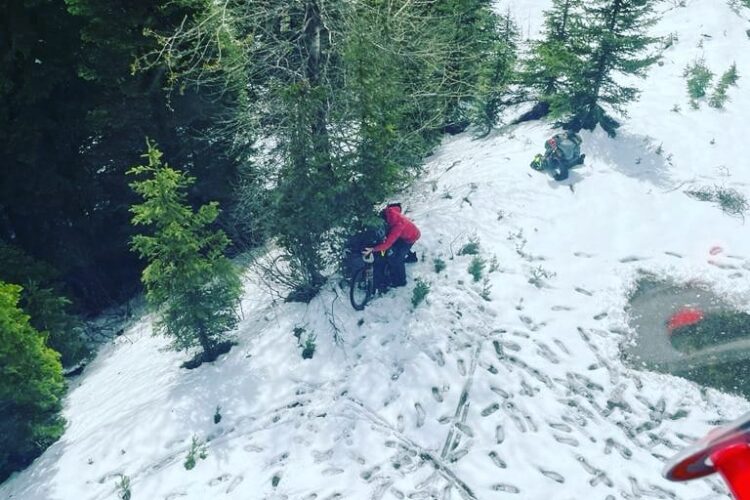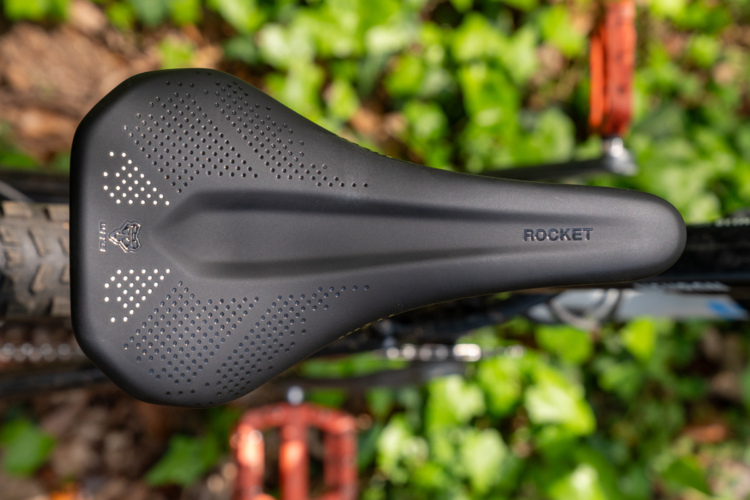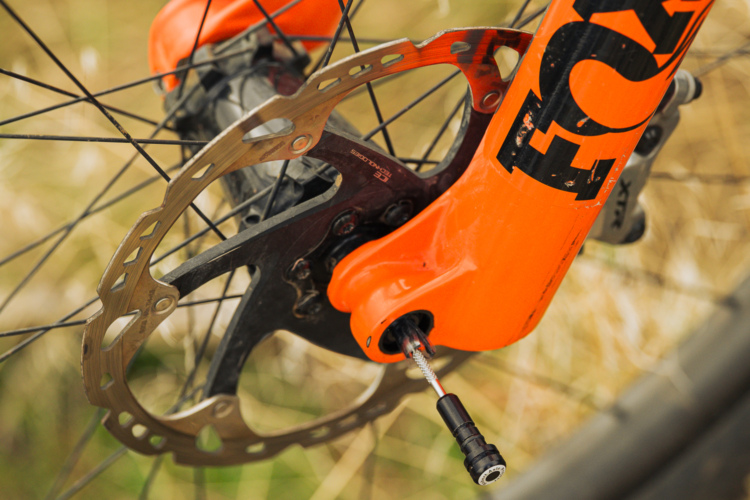
Just northwest of Whitefish, Montana, is the Ralph Tayer Memorial Trail, also known as the Whitefish Divide Trail or just “Whitefish Trail” among the locals. Years ago, the Whitefish Trail was connected to Whitefish Mountain Resort via a roughly six-mile trail along the ridge. Sadly, the surrounding forest consumed that section of the trail.
However, plans to reestablish this section of the trail, appropriately named the Historic Ridge Trail, which has been in the works for a decade, are finally kicking off. In what is being called the “Taylor Hellroaring Project,” the Historic Ridge Trail will see traffic once again, and additional trails will also be coming to the area.

The Taylor Hellroaring Project
The project name comes from two prominent nearby features. Hellroaring Peak, at nearly 6,700 feet, sits on the western side of Whitefish Mountain Resort. Extending roughly 1,000 acres below the peak is Hellroaring Basin, known on the mountain for its double-black diamond skiing.
“Taylor” comes from Taylor Creek and Taylor Creek Road, a Forest Service Road stretching over seven miles west of Hellroaring Peak. Some of the first new trails being built will connect from the Historic Ridge Trail down to Taylor Creek Road.
But first, the Historic Ridge Trail must be completed.
“That’s six miles [of trail] that we’re reclaiming, which then connects to another 17 miles,” Ron Brandt, Executive Director of the Flathead Area Mountain Bikers (FAMB), told us. “So there’s going to be 23 miles of ridgeline trail.”
These 23 miles will connect Red Meadow Lake, northwest of Whitefish, to Whitefish Mountain Resort. Riders will have the option of taking a local Whitefish trail up to the newly connected Historic Ridge Trail or taking a resort chair lift to ride the total 23 miles.
And the ride will be no joke. While elevation numbers for the six-mile Historic Ridgeline Trail won’t be known until the connection is complete, the additional 17 miles — the Ralph Thayer Memorial Trail, or Whitefish Trail — is already established. The black diamond trail reads like an EKG on an elevation map, climbing nearly 3,500 feet and descending almost 5,000 feet, depending on the chosen direction.
Brandt expects the additional six-mile Ridge Trail to be similar riding. “It’s going to be a workout no matter what; let me be clear,” he said.



While the terrain isn’t doing work crews any favors, a significant challenge in reestablishing the trail is cutting through brush and blowdowns. Not only has FAMB’s crew been working on the trail, but trail crews from the Forest Service and the Montana Conservation Corps have all been chunking out trail.
“In the first 1.8 miles, my crew cut out over 120 trees,” Brandt told us. “And that’s just the blowdown. I think they cut out another five trees that were about to fall.”
Along with massive numbers of trees needing to be cut and cleared and trail tread needing to be re-established, enormous amounts of brush need to be removed. Brandt hiked the six miles twice last year, coming from both ends, pushing his way through brush three feet over his head.
FAMB is also navigating ongoing logging operations near the Ridge Trail, requiring extra coordination with crews working along Taylor Creek Road to ensure trail access.
However, the Taylor Hellroaring Project, approved in 2019, has a light at the end of the tunnel. “That trail will get fully punched through and re-established by the end of next summer,” Brandt said. “And we’ll start building [new trails].”

New trails coming to Whitefish
Whitefish will have seven new trails coming just north of the city, connected to the Taylor Hellroaring Project.
“We have five trails that come down to [Taylor Creek] Road, then two trails that will come off of that road that’ll come down to Whitefish and connect in with the community trail network,” Brandt said.
Construction on these seven trails will be staggered over the next four years. The trails will be multi-use and multi-directional, although Brandt told us that they will be built to encourage climbing and descending on specific trails.
Brandt also shared that the new trails will fall in the intermediate category, with most trails being blue to dark blue. The trails will also see a mix of machine and hand-built sections, although they will try to build as much of the trails by hand as possible.
“We have a machine, and we love using the machine,” Brandt told us. “We’ve contracted people that are great [at operating machines]. I’m responsible for 16 miles of trail; if I want to be able to ride them before I’m dead, then our trail crew can’t build all of it. We’ll build some but also contract out a good chunk.”
Getting trails done in a reasonable timeframe can be difficult for FAMB or any trail builders in northern Montana. Brandt told us that while they’ve been lucky with their fire season this year, fires always limit what they can do.
Perhaps the most crucial factor is northern Montana’s trail-building window—a narrow sliver of the summer season. Even though the ridge on which these trails are being built is luckily southern-facing, the build window is typically less than three months.
“These are alpine trails,” Brandt said. “You’re not working up there in June or anything like that. I’d say July, August, and parts of September are going to be your window.” As he said that, Brandt was reminded that his trail crew was snowed on as they worked on the Historic Ridge Trail during the first week of September.
As the building season above Whitefish ends for 2024, FAMB will shift its efforts to continue raising funding for the next four years of the Taylor Hellroaring Project. In addition to raising funds, FAMB will also focus on projects further south in the Flathead Valley.





















2 Comments
Oct 30, 2024
Mar 6, 2025